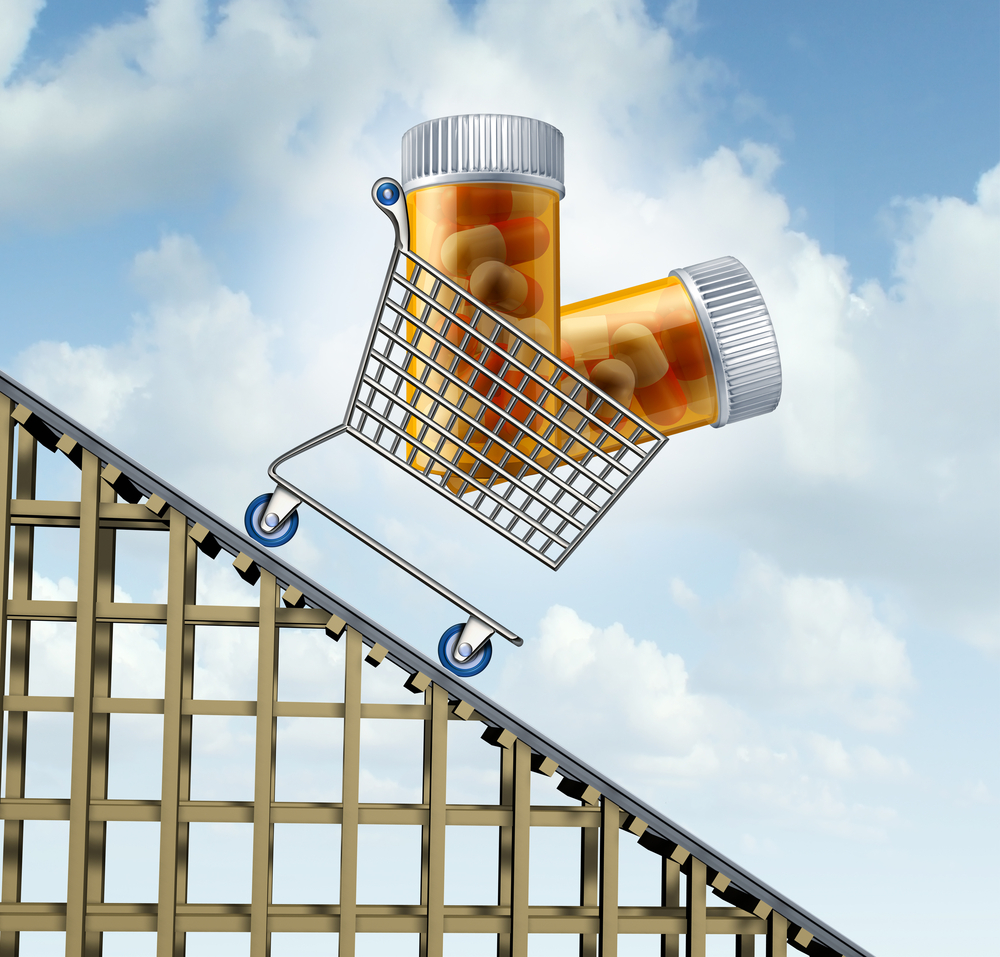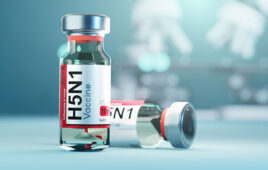
QuintilesIMS Institute released its annual report on spending trends for prescription drugs in 2016 while also forecasting potential growth areas over the next four years. QuintilesIMS is a research firm that analyzes data for the healthcare industry.
The report showed growth in spending on medicines rose 5.8 percent to $450 billion—less than half the rate of the previous two years. Spending on medicines reflects the amount paid to the distributor by their pharmacy or hospital clients.
After adjusting for different discounts (rebates, off-invoice discounts, etc.) net-price spending was up 4.8 percent to $323 billion. Net-price spending is the amount received by pharmaceutical manufacturers after any price concessions have been made to distributors, health plans and intermediaries.
Spending trends
Spending on generic drugs declined slightly in 2016 as any price increases of older generics seen in 2013 and 2014 had no longer played a role in driving growth with the amount of total prescriptions being dispensed that year dropping to 1.9 percent compared to the prior years.
Still, more than 50 percent of the positive spending growth in 2016 was from new treatments for diseases like cancer and autoimmune disorders that have been available for less than 24 months. Adults over 50 years of age account for 70 percent of dispensed prescriptions, making them the largest driver of prescription growth last year.
The report also noted usage of hypertension treatments grew slightly faster than the market overall whereas usage of pain medicines declining by 1 percent as prescribing and dispensing restrictions become more common and impactful. Cholesterol treatments grew modestly, with a shift to generic rosuvastatin and small uptake in PCSK9s (proprotein convertase subtilisin/kexin type 9) medicines reaching less than 0.25 percent of the cholesterol market.
Another potential contributor to this slower growth was that the spike in new patients needing treatment for hepatitis C sank in 2016 as well. Their data showed 23,000 fewer new patients received treatment for hepatitis C in 2016 while the overall number treated in the last three years reached 645,000.
2021 Outlook
Ultimately, the report projects spending on prescription drugs will hit somewhere between $580 and 610 billion by 2021. Spending on medicines is projected at the 4 to 7 percent range due to weaker than expected new product spending and a slowing of invoice price increases for branded products. Branded product price increases are expected to grow at 7 to 10 percent and net-price spending is expected to stay the same at 2 to 5 percent due to competitive and payer pressure.
While there were a relatively small number of launches in 2016, the late phase R&D pipeline remains robust and will ensure an ongoing high number of new brand launches by 2021. Top therapy areas for growth include oncology and neurology, with pain Alzheimer’s disease and epilepsy as the top three indications.
An estimated 40 to 45 new brands could launch each year through 2021. Even though only 19 innovative medicines launched in 2016—which was fewer than half the number launched in either of the previous two years—that fluctuation is normal and does not reflect a revision in the outlook for new medicines.
Filed Under: Drug Discovery



